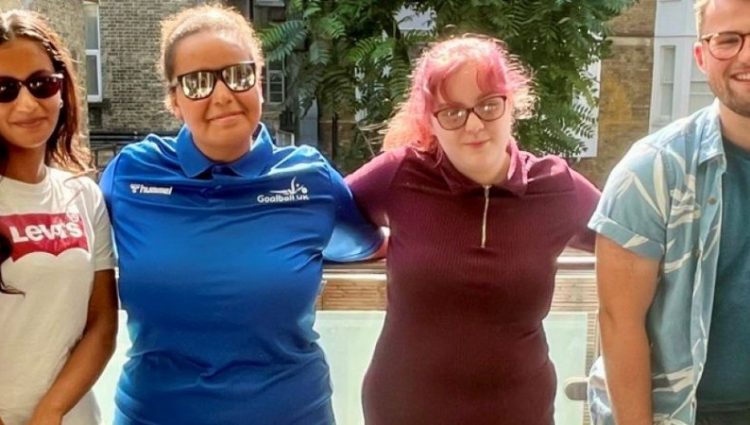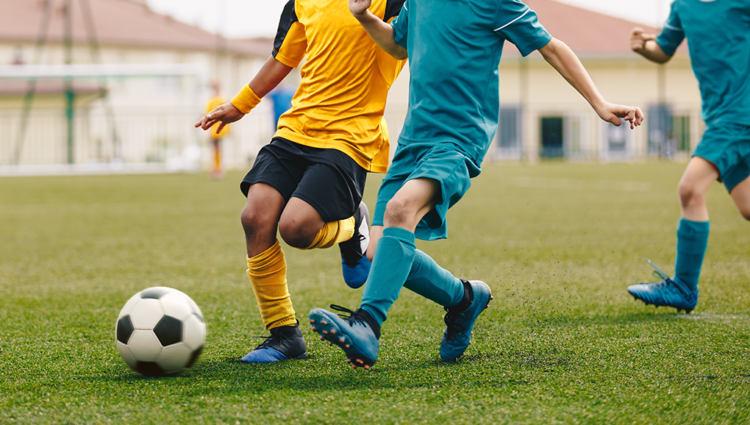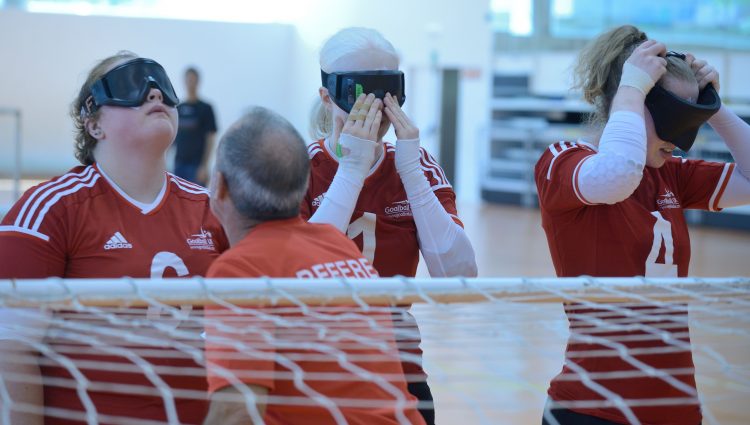An article written by Selvi, a member of the Breaking Barriers in Sport Young Voices Team.
Who are Breaking Barriers in Sport?
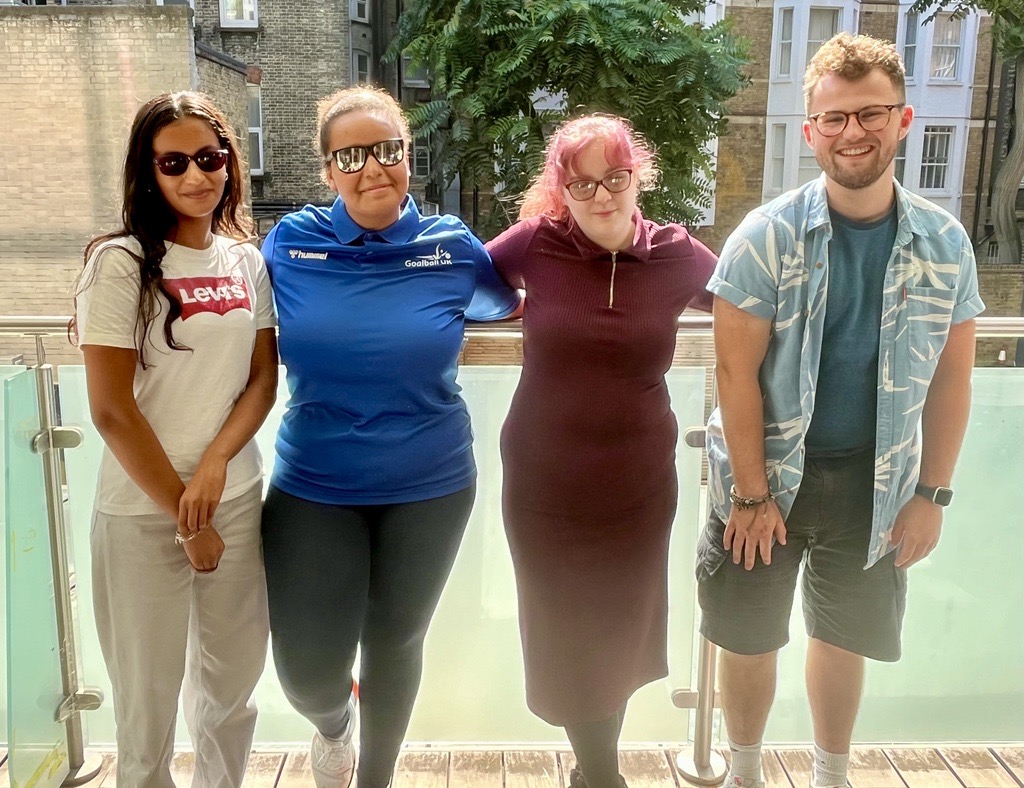 We are Thomas Pocklington Trust’s ‘Breaking Barriers in Sport’ team made up of Young Voices volunteers. Our campaigners consist of two Goalball players Phoebe and Alex, blind baseball and goalball player Poppy, swimmer/cyclist Selvi and cyclist Tom. The campaign is based around promoting inclusivity, equality and fair competition within the world of Vision Impaired (VI) sport. The current structure of VI sports internationally only includes athletes from the B1, B2 and B3 categories, leaving out athletes from the B4 sector. Our campaign aims to reconsider the classification systems for VI athletes in international competitions and include all four classifications. We believe this would allow more VI individuals to participate in a wider range of events, fostering greater inclusivity within sport.
We are Thomas Pocklington Trust’s ‘Breaking Barriers in Sport’ team made up of Young Voices volunteers. Our campaigners consist of two Goalball players Phoebe and Alex, blind baseball and goalball player Poppy, swimmer/cyclist Selvi and cyclist Tom. The campaign is based around promoting inclusivity, equality and fair competition within the world of Vision Impaired (VI) sport. The current structure of VI sports internationally only includes athletes from the B1, B2 and B3 categories, leaving out athletes from the B4 sector. Our campaign aims to reconsider the classification systems for VI athletes in international competitions and include all four classifications. We believe this would allow more VI individuals to participate in a wider range of events, fostering greater inclusivity within sport.
Why is Blind or VI Sport Important?
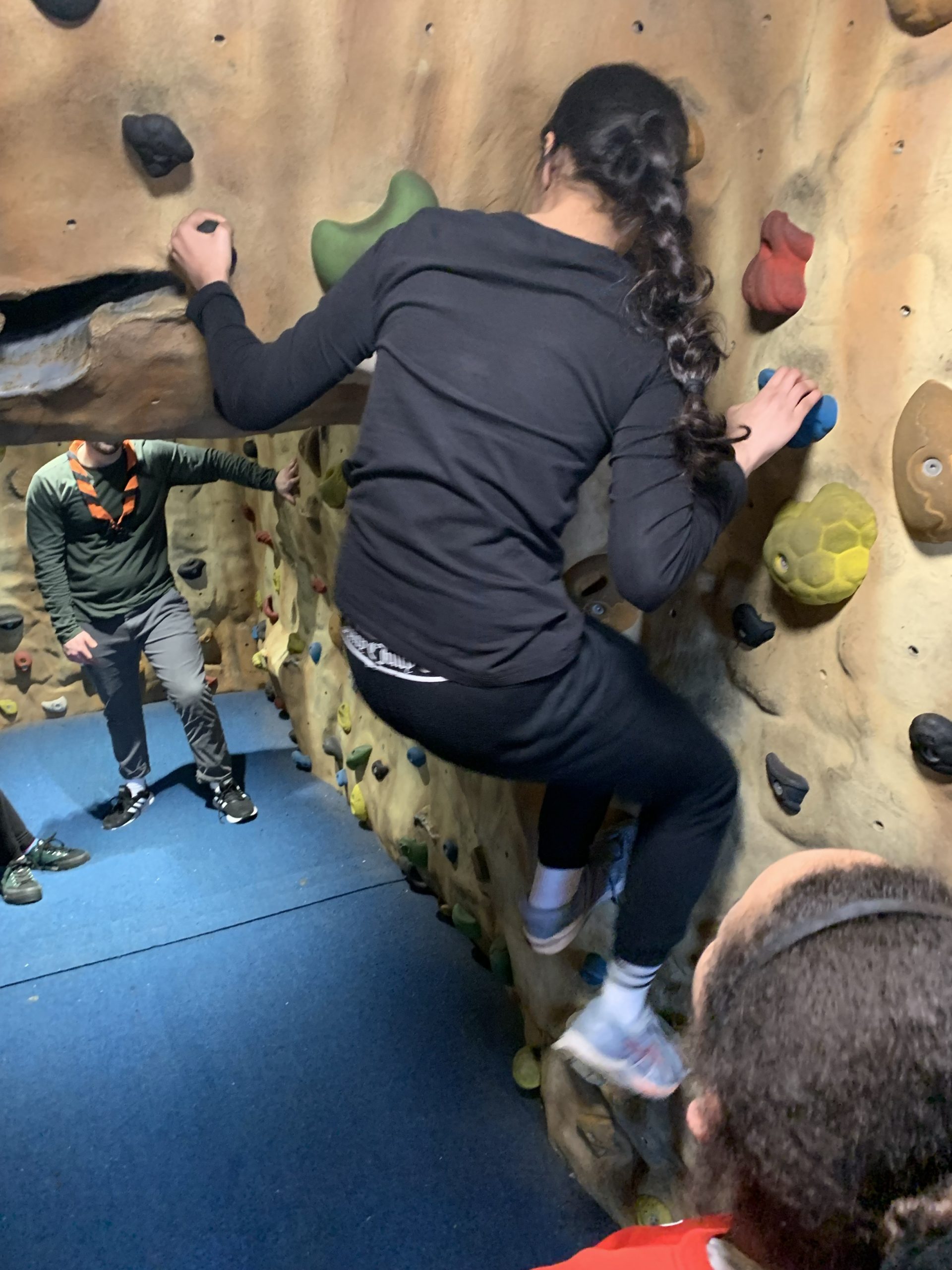
Blind and VI sport is vital for those that cannot be part of mainstream sport. It makes us feel like we have a place to belong and find new friends. Sport is a universal language that transcends barriers of culture, age, and ability, fostering connections and shared experiences. It represents a celebration of physical skill, mental resilience, and teamwork, offering opportunities for individuals to challenge themselves and achieve collective goals. For people with disabilities, sport holds even greater significance as it promotes inclusion, empowerment, and a sense of belonging. Adaptive sports and initiatives, such as the Paralympic Games, not only showcase the incredible capabilities of disabled athletes but also challenge societal perceptions and inspire unity. Through sport, people of diverse backgrounds come together, finding common ground in their shared passion, while learning to appreciate and celebrate differences.
What is the Classification of VI Sport and How Does it Work?
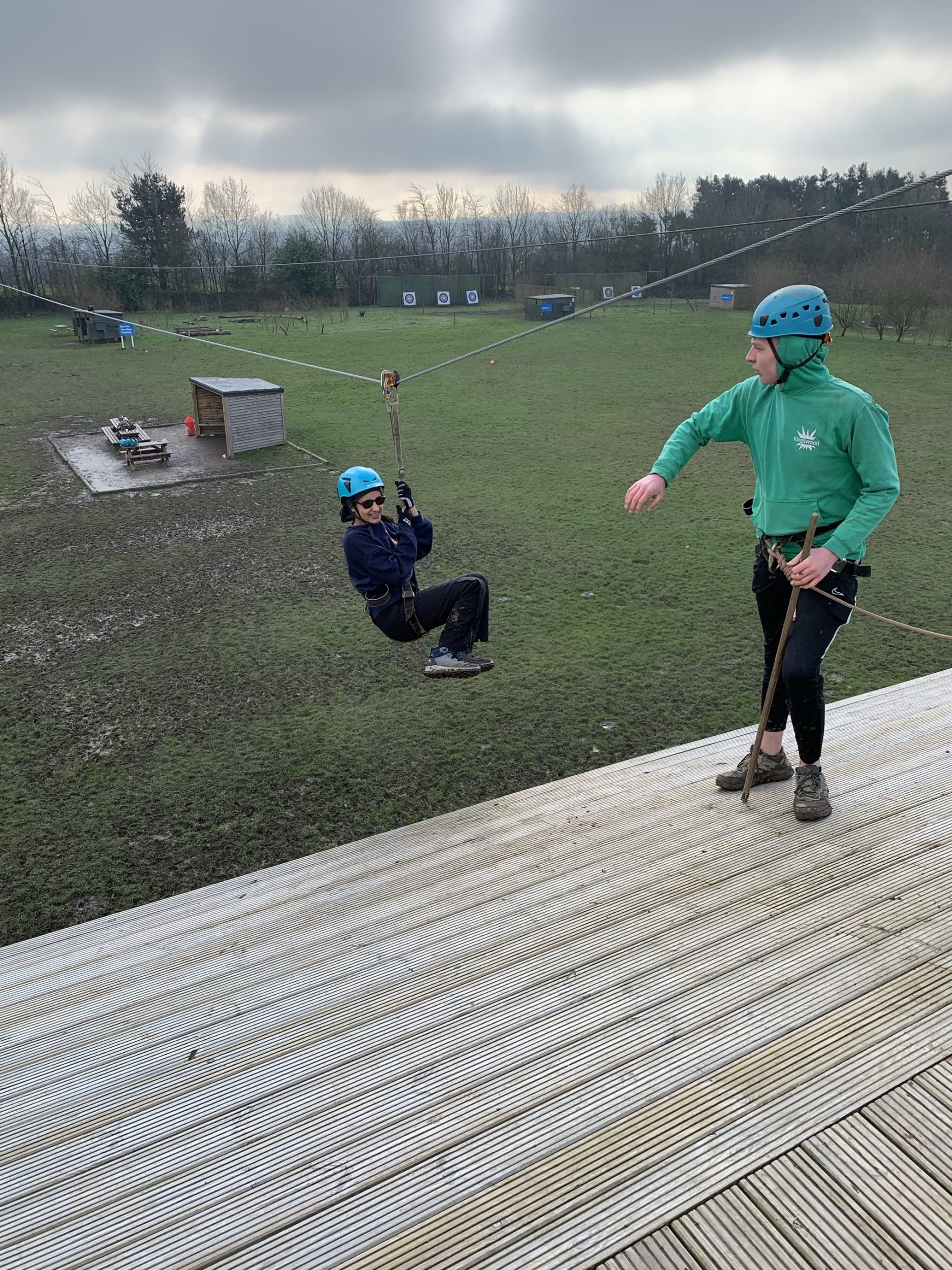 Classification determines which athletes are eligible to compete in a sport and how those athletes are then grouped together (called ‘sport classes’) for competition to minimise the impact of the athletes’ impairments on sport performance. This is done to safeguard the integrity of fair competition. Athletes with a vision impairment have reduced or no vision caused by damage to the eye structure, optical nerves or optical pathways, or visual cortex of the brain. For athletes in this category, classification can range from B1 – little to no vision, to B4 – where the visual acuity is better than 6/60 not better than 6/24 e.g. can see at 6 metres what a fully sighted person would see at 60 or 24 metres.
Classification determines which athletes are eligible to compete in a sport and how those athletes are then grouped together (called ‘sport classes’) for competition to minimise the impact of the athletes’ impairments on sport performance. This is done to safeguard the integrity of fair competition. Athletes with a vision impairment have reduced or no vision caused by damage to the eye structure, optical nerves or optical pathways, or visual cortex of the brain. For athletes in this category, classification can range from B1 – little to no vision, to B4 – where the visual acuity is better than 6/60 not better than 6/24 e.g. can see at 6 metres what a fully sighted person would see at 60 or 24 metres.
Why is our Campaign Important?
We believe sport should be inclusive. Athletes who have been training consistently to reach their goals have been turned away due to being classified as B4, ultimately diminishing their hopes of competing globally. A Guardian article claimed as many as one in ten VI athletes in the UK could fall into this category. For example, many blind and partially sighted people with Cerebral Visual Impairment cannot compete due to guidelines being so ocular focused and not allowing for different experiences of VI. We hear that even athletes with severe impairments are being turned away from competing in competitions designed for them to engage in.
What Do we Need From You?
We believe everyone should have the opportunity to compete, at least within their own sight classification level. If you would like to support our campaign, we would encourage you to:
- Sign our petition NOW!
- Provide feedback on our campaign and your experience of sport via our short feedback form which should take no longer than 5 minutes.
- Share our campaign, petition and form with your friends, family and networks.


 We are Thomas Pocklington Trust’s ‘
We are Thomas Pocklington Trust’s ‘
 Classification determines which athletes are eligible to compete in a sport and how those athletes are then grouped together (called ‘sport classes’) for competition to minimise the impact of the athletes’ impairments on sport performance. This is done to safeguard the integrity of fair competition. Athletes with a vision impairment have reduced or no vision caused by damage to the eye structure, optical nerves or optical pathways, or visual cortex of the brain. For athletes in this category, classification can range from B1 – little to no vision, to B4 – where the visual acuity is better than 6/60 not better than 6/24 e.g. can see at 6 metres what a fully sighted person would see at 60 or 24 metres.
Classification determines which athletes are eligible to compete in a sport and how those athletes are then grouped together (called ‘sport classes’) for competition to minimise the impact of the athletes’ impairments on sport performance. This is done to safeguard the integrity of fair competition. Athletes with a vision impairment have reduced or no vision caused by damage to the eye structure, optical nerves or optical pathways, or visual cortex of the brain. For athletes in this category, classification can range from B1 – little to no vision, to B4 – where the visual acuity is better than 6/60 not better than 6/24 e.g. can see at 6 metres what a fully sighted person would see at 60 or 24 metres.